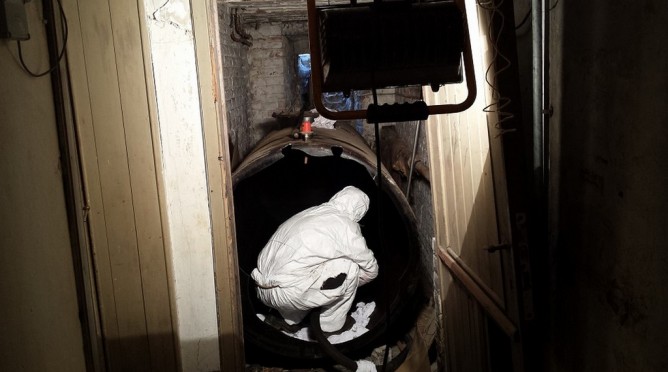

Are you a private individual, residing in Brussels? And do you wish to have your old heating oil tank removed? Then please proceed as follows:
In Brussels, you must follow a specific procedure if your oil tank is one of the so-called “classified” installations (subject to an environmental declaration or permit). This is a legal obligation.
All buried tanks are classified. Unburied tanks are classified if they have a capacity of 3000 litres or more.
It is best to assign the cleaning of your tank to a specialised company that can perform this task safely and without endangering the environment.
They degas the tank and remove any remaining heating oil. This is followed by a thorough clean, which also disposes of the waste and washing water. The collected waste must be processed by a hazardous waste collector accredited in the Brussels Capital Region, whether or not your oil tank is classified.

© Brussels Cleaning and Maintenance
Once your tank is empty and cleaned, have it removed. The heating oil tank may be cut into pieces in order to remove it. Please note: a heating oil tank can catch fire even after it has been emptied and thoroughly cleaned.
|
Do not take any risks by cutting your tank into pieces yourself using a burner or grinder! Always have your heating oil tank removed or neutralised by a qualified professional. |
Decommissioning your tank means disabling the filling devices to prevent oil delivery.
This step is mandatory if:
List of heating oil tank cleaning professionals (Informazout)
Heating oil tank (Brussels Environment)
Guide for operators of buried fuel oil tanks (Brussels Environment)
Guide for operators of unburied fuel oil tanks (Brussels Environment)
Subscribe to our newsletter and stay informed about energyfacts.